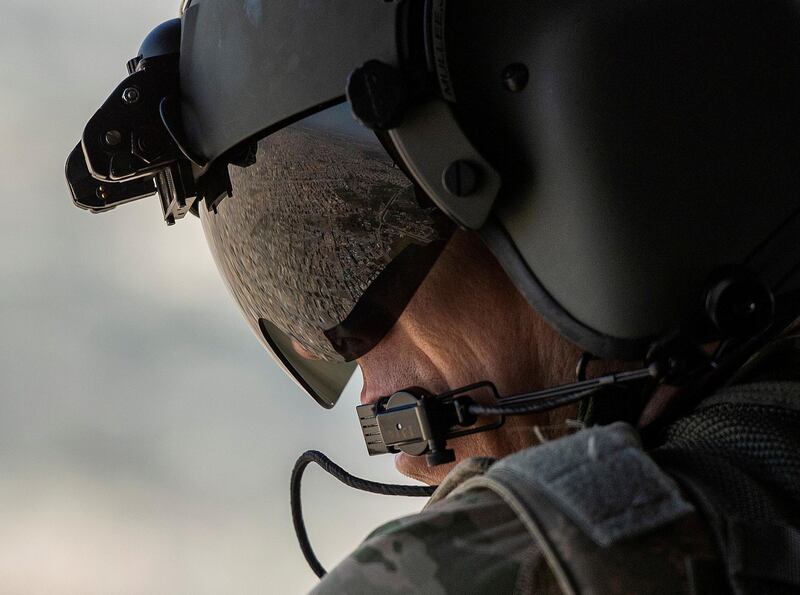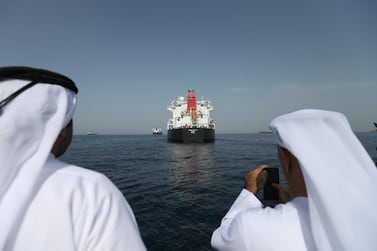On Wednesday, the US State Department ordered all "non-emergency US government employees" to leave Iraq. The reason? Heightened tensions with the country’s neighbour, Iran.
The US military said on Tuesday that the threat level in the Middle East had been raised as Washington had detected new and urgent threats from Iran.
While more serious orders were given by the US government before military interventions in Iraq and Afghanistan, the directive represents a serious development in US-Iraqi relations.
Although Chris Ghika, deputy commander of the global coalition against ISIS, said that there was no increased threat from Iran and current measures to protect US forces were satisfactory, US Central Command said the comments “run counter” to US intelligence.
The move is seen as further escalating an already tense standoff between the US and Iran. It comes after authorities in Saudi Arabia alleged oil tankers off the coast of the UAE were sabotaged, prompting an investigation into the perpetrators.
Iran has denied involvement, calling the attack “worrisome and dreadful”.
Iran’s influence in Iraq is key to its global campaign to fund sub-state actors, like Hezbollah, and it is an important country for its regional ambitions. It provides direct access to Syria, where Tehran and Russia have a military presence.
US intelligence warnings about possible attacks on Americans by Tehran in the Middle East have been circulating around Washington for weeks, with Iraq considered a prime location for a potential attack.
Senior Iranian military commander Qassem Al Suleimani, often regarded as the mastermind behind Iran’s proxy wars in the region, was seen in a photo posted online as early as last week with leaders from Hashed Al Shaabi, an Iraqi umbrella group dominated by Iran-backed Shiite groups opposed by Washington.
Formed in 2014 to assist Iraqi forces in defeating ISIS, the group are regarded by the US as among the biggest threats to regional security.
The US military recently sent carrier strike group Abraham Lincoln, a powerful naval force, and long-range bombers to the Arabian Gulf.
Just days before the attack off the coast of Fujairah, UAE, the US warned ships that “Iran or its proxies” could be targeting maritime traffic in the region.
The US ambassador to Saudi Arabia, John Abizaid, said on Tuesday that Washington should take what he called "reasonable responses short of war" after it had determined who was behind the attacks.
A further attack targeting a major Saudi oil pipeline by the Houthi rebels, who a Gulf coalition is fighting in Yemen, has seen tensions rise. Iran has been accused by the US and the United Nations of supplying ballistic missile technology and arms to the Houthis, which it denies.
On Monday, the US Embassy in Iraq advised citizens against all travel to the country, telling them to "remain vigilant" and "keep a low profile."
On Wednesday the US embassy in Beirut issued a security alert, advising US citizens in Lebanon to "maintain a high level of vigilance" given heightened tensions in the region.






